Pokémon Scarlet and Violet is the best main-series Pokémon title, hands-down. It’s fun, colorful, and continues the franchise’s push for greater accessibility across different levels of fans.
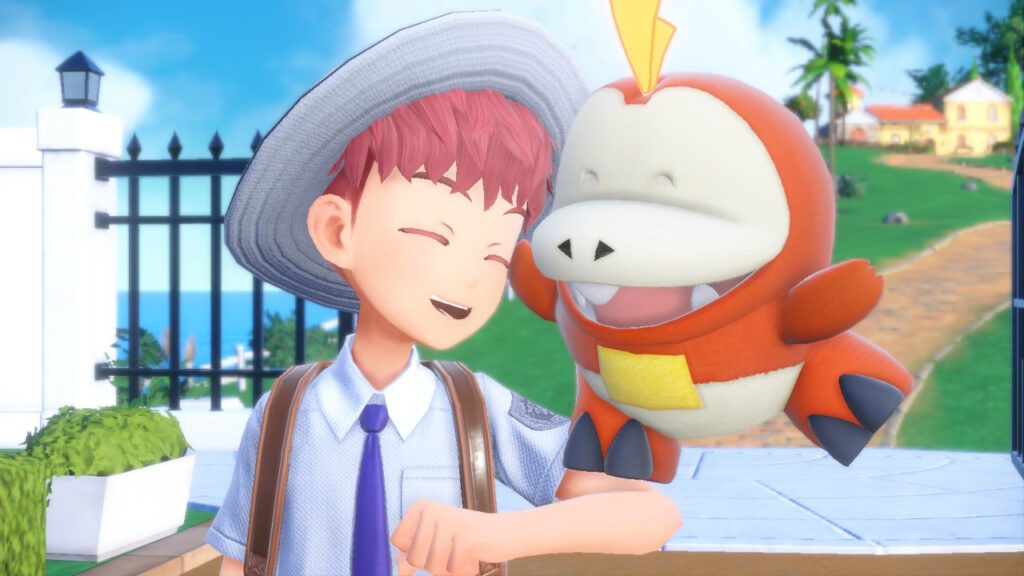
This glowing praise right out the gate may be surprising if you’ve been hearing about Scarlet and Violet’s bevy of performance and graphical issues, so let’s get those out of the way first.
The game is pretty rough around the edges for a major release from one of the most famous franchises in the world. It suffers from the usual maladies of other games whose immovable release dates left them without enough time to optimize: things like texture popping and camera clipping (shown below) are common, and the amount of time it takes to load menu screens is definitely noticeable (if you haven’t spent enough time around game reviewers, you should know that’s a scathing criticism).
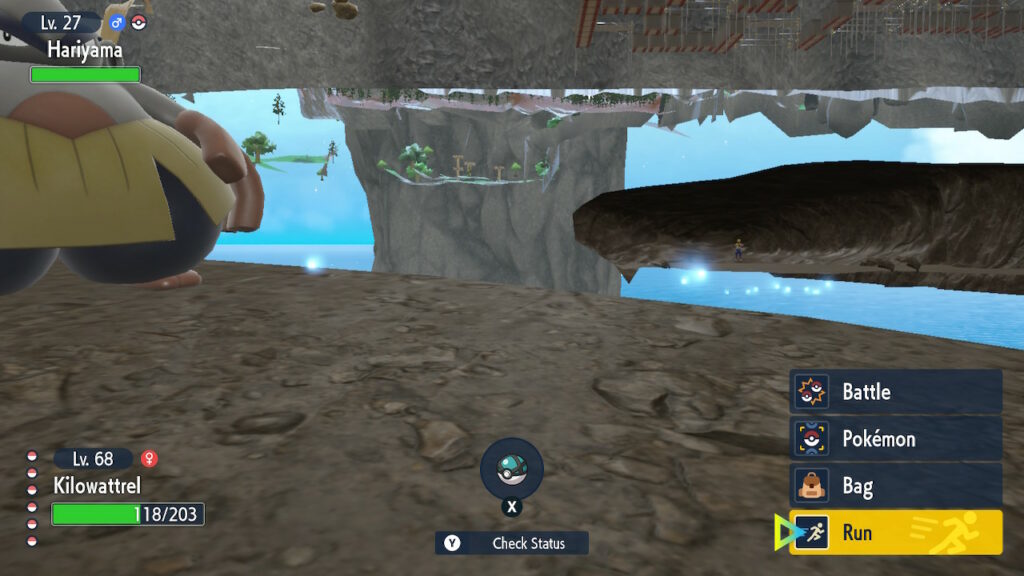
These problems are varyingly frustrating or funny, depending on how much you care about these sorts of performance issues in your games. (Personally, I can’t help but chuckle every time I get a wild pokémon’s texture to pop back in just by turning the camera away from a reflective pool of water in the background.) But beyond your own individual tolerance for these things, they don’t really matter.
People don’t go watch The Hunger Games: Mockingjay Part 2 looking for breakout performances and a standalone piece of art, they watch it to get the next installment in a series they’re already committed to on some level.Similarly, it doesn’t make any sense to grade the ninth generation of main-series Pokémon games in a vacuum, because their first priority is to be successful Pokémon games – and I don’t think people really appreciate all of what that entails.
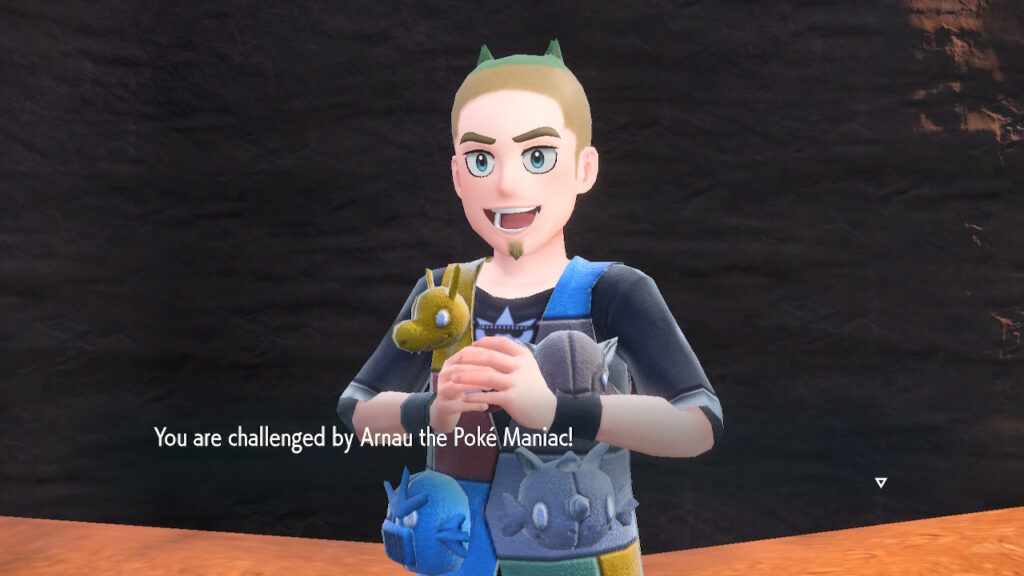
In terms of inherited design constraints, it almost makes more sense to think of Scarlet and Violet as analogous to a World of Warcraft expansion than as a standalone title. Except the design constraints that Pokémon is shackled to are nearly a decade older than World of Warcraft.
Pokémon games, at least in the main series, are the same slow text-based and turn-based RPGs that they have been since the original Red and Blue. Really let that sink in.
To a large extent, they need to be. The Pokémon Company has maintained a competitive play program based on the games for decades now, so it needs consistency in how the games work.
On top of that, a core feature of the franchise is collecting ‘em all, so you’ve got tons of poképilled dorks like me maintaining a historic collection of all their mons in the Pokémon Home app to migrate from one entry in the series to the next – something that The Pokémon Company actively encourages, despite all the wailing and gnashing of teeth over the great Dexit (don’t look it up) back when Sword and Shield came out.
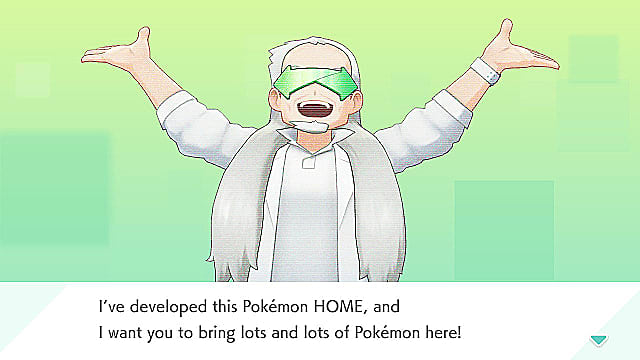
Managing two and a half decades of design cruft and hundreds of legacy characters, with all their associated interlocking mechanics and stats, all of which need to be equally well-supported and functional, is an ambitious goal for any other game. But for a Pokémon game, it’s the baseline. I don’t envy the developers. I bet they wish they could spend more time on stuff like texel density and other visual optimizations.
So let’s be real: being stuck with this aging RPG paradigm is a much more significant barrier to enjoying a new Pokémon game in 2022 than some un-optimized visuals.
Yes, it certainly doesn’t help that the games take just a couple moments longer than they should to load menus – but it’s a much bigger issue that all combat in the game consists of navigating menus and waiting for text to display on the screen after a fairly generic 7-second animation plays, turn after turn after turn.
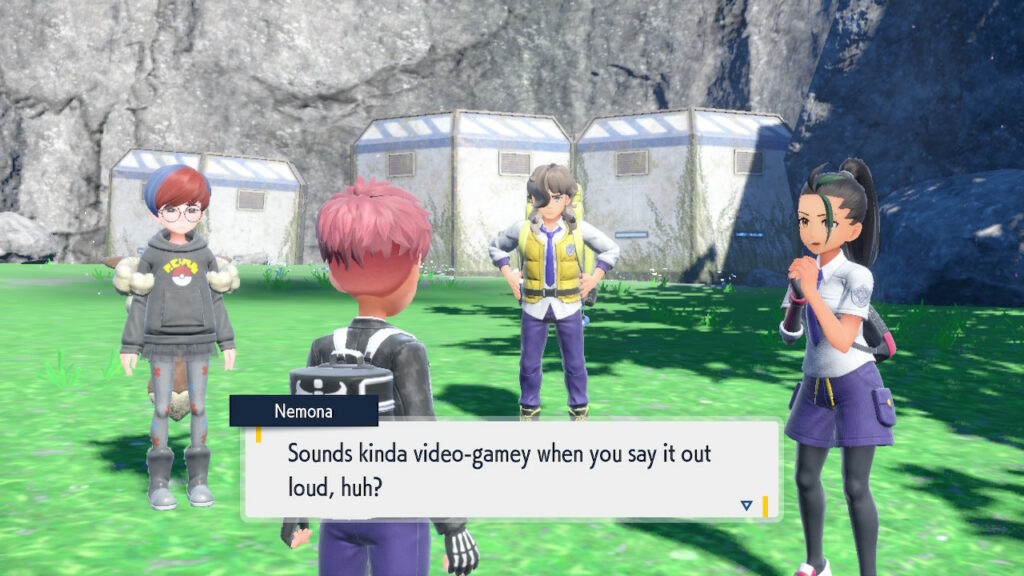
That all being said, although the core mechanics of Pokémon’s combat have stayed pretty consistent, the context around that combat has finally evolved.
A lot of hype for Scarlet and Violet centered around this being the first “fully open world” entry in the main series. Your progression through the game is no longer confined to traveling down specific paths containing specific unavoidable gauntlets of combat in a specific order. After you get your starting pokémon and your vehicle, you’re free to explore the entire map!
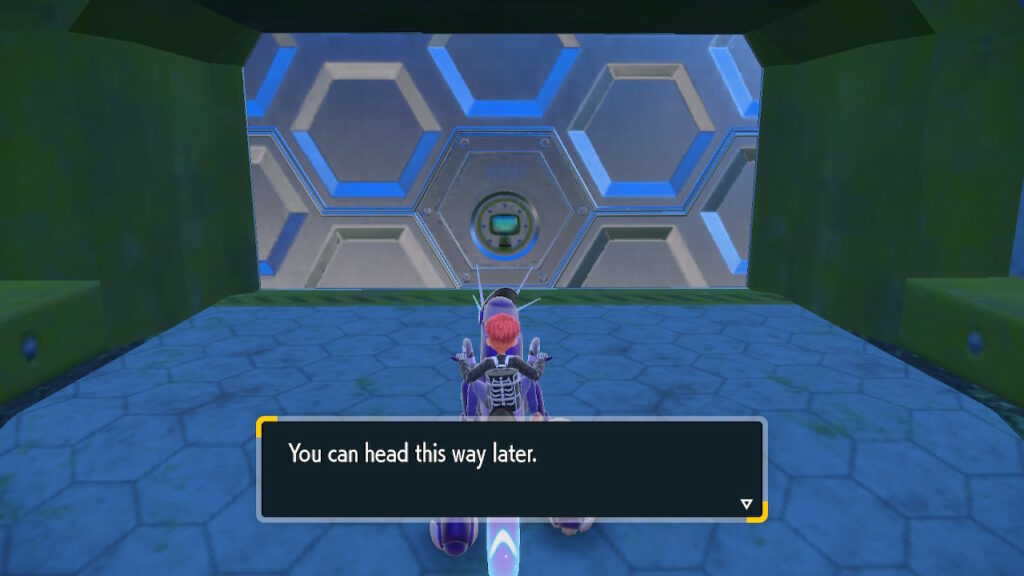
Kinda.
I mean, there is still a ladder of gym leaders you have to beat, and they still comprise an escalating sequence of difficulty. If you have the same type of brain worms that I do, and want to try to fight them in the wrongest order possible, you can. But the gym leader with three unevolved, level 14-15 bug type pokémon will still have the same team whether you fight them first (like the game directly tells you to do) or last (like I did).
Pokémon Scarlet and Violet essentially has three main questlines you need to clear to beat the game. One of them is beating the gym leaders and becoming the champion. The second involves chasing down special “titan” pokémon to be able to upgrade the living motorcycle you use to traverse the region. And the third involves fighting the leaders of Team Star, which rewards you with the opportunity to appreciate the best character designs in the game, like Young Willy Wonka and Slipknot Babymetal.
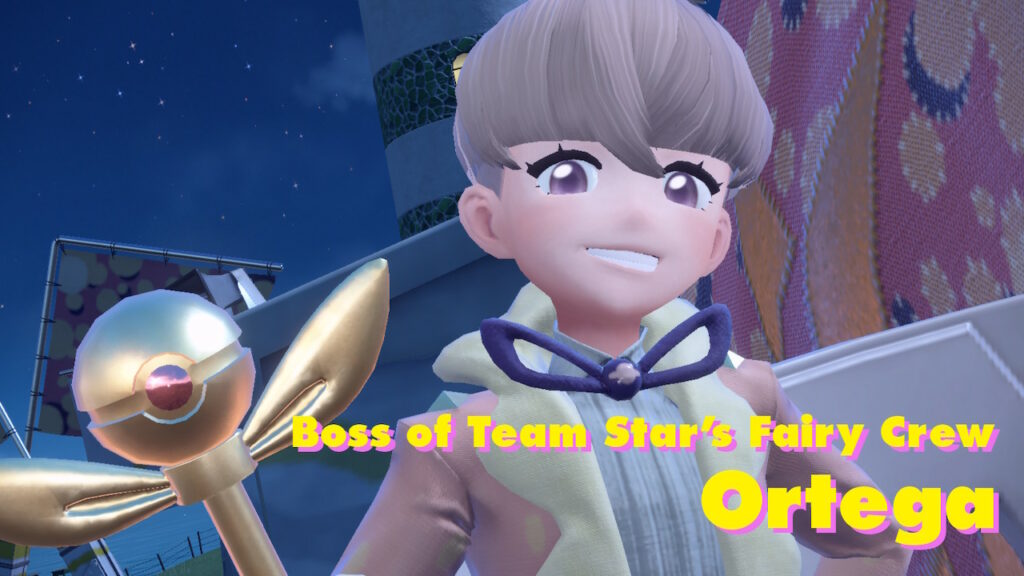
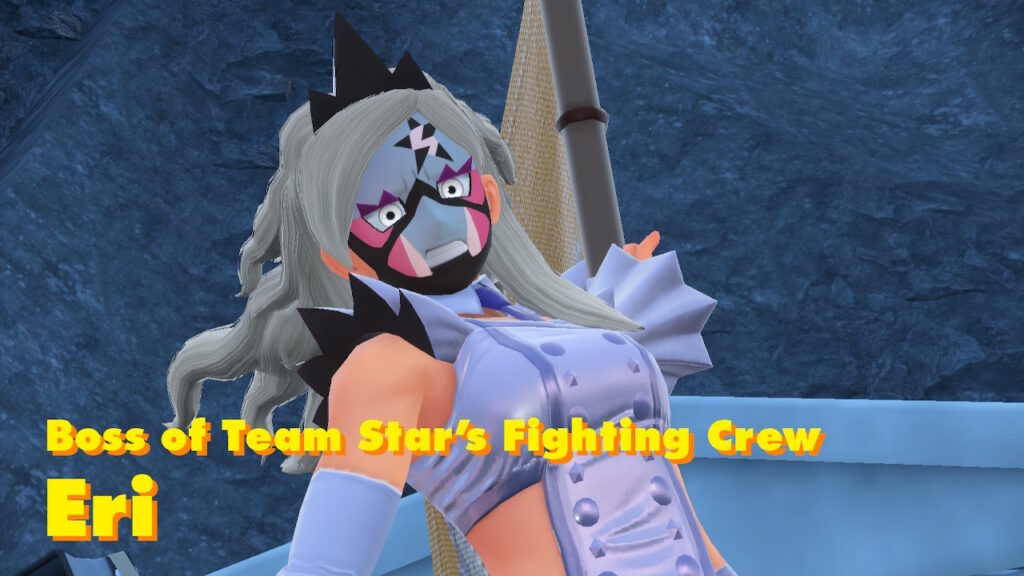
Each of those three questlines still has an implicit order that the game expects you to do them in (though it rarely enforces that order beyond “you might get your ass kicked if you stray too far”), and you need to complete all three of them before you are allowed to enter the final zone of the game.
But allowing you to go through each of the game’s required fights in whatever order you want is just part of a larger design shift that really rules: the game just gets out of your way.
There’s no more gauntlets of mandatory battles against a string of fishermen with varying amounts of Magikarp and Goldeen in their party just to get to the next town. No random encounters interrupting you every 2.8 seconds in unavoidable patches of tall grass.
Remember when you needed to go to a specific person in a specific place to have one of your pokémon remember a move, and you needed to pay them with a special rare currency for the privilege? Yeah, screw that, now you can do that from your standard menu, and get on with your life. Scarlet and Violet build on the quality-of-life improvements from Sword and Shield marvelously, by letting you do virtually anything with your pokémon at any time.
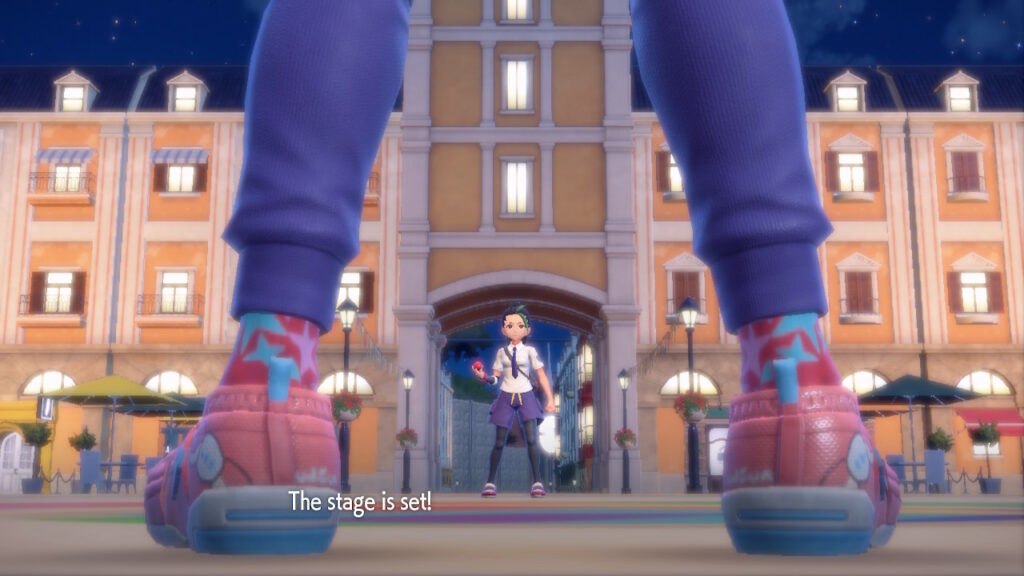
Do you want to finish the storyline with your moody classmate who’s obsessed with making the perfect sandwich before you go out and beat any gyms? You can. Do you want to spend five hours catching every pokémon in this wide open meadow right outside the starting zone before even meeting most of the cast? You can. At virtually every turn, the game gets out of your way, and lets you chase down what you want to do.
It’s so refreshing.
At the end of their single-player experience, Pokémon games tend to turn into something that’s less of an RPG and more akin to a lightweight management sim à la Stardew Valley: you do your daily encounters, you hatch eggs, you farm shinies. And just like in those management sims, the tedium of these activities is rendered charming and relaxing by being self-directed – i.e. by you being free to decide to do it for your own reasons, rather than being required to do it to get somewhere else.
Instead of making you plow through 194,402 text boxes to get there, Pokémon Scarlet and Violet practically starts there. (Mostly.) This is a great call. Because at the end of the day, we don’t play Pokémon to solve the riddle of “can a grown adult beat a linear RPG aimed at children”, we build it to collect and play with a our favorite weird little guys.
And lemme tell you – they absolutely deliver on the weird little guys here. The new pokémon designs are exquisite.
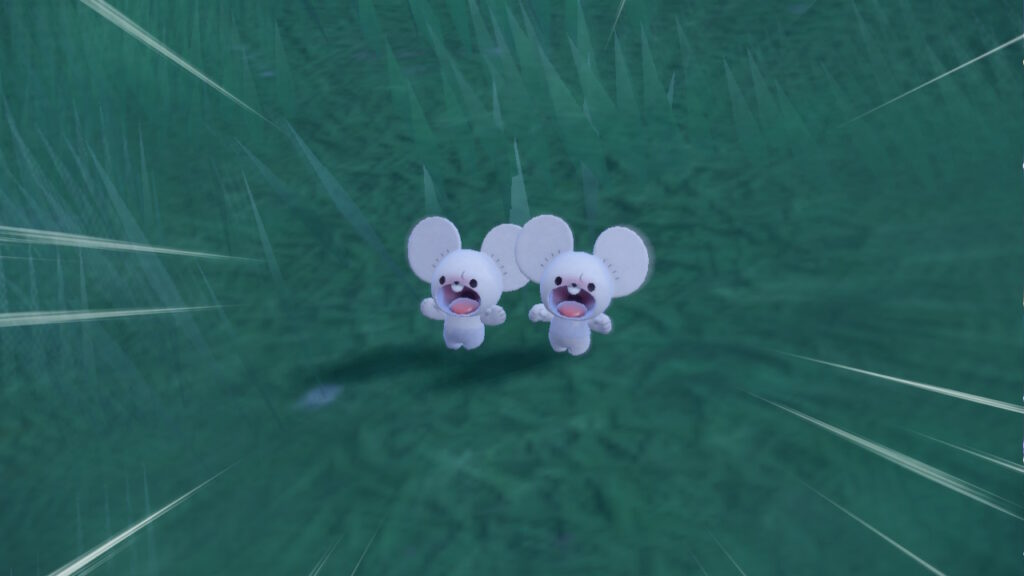
There’s one new mon that’s a pair of cartoon mice holding hands, which evolves into a family of mice holding hands when they adopt (or kidnap, as their pokédex entry suggests?) 1-2 more mice. There’s a dolphin superhero whose gimmick is that it starts out as its mild-mannered alter ego and can only change into his spandex outfit when no-one is looking.There’s a ghost made of money who looks like a string cheese mascot from the 1990s whose signature move is called “Make It Rain”.
You might think I’m just rattling off the weirdest ones, but no, these are representative of the core experience. Hell, not only that, all of the mons I just mentioned are currently viable in the game’s competitive ladder.
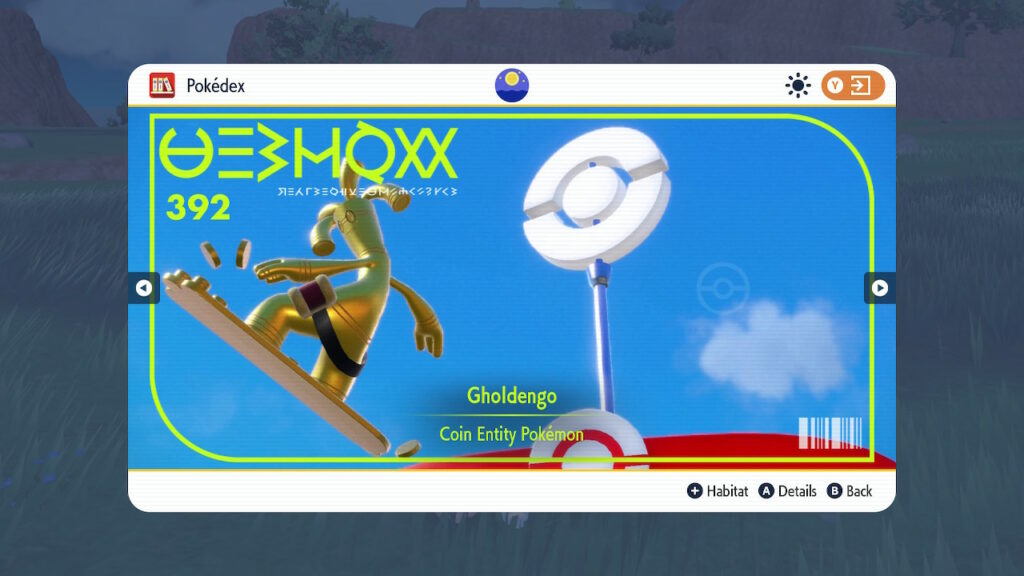
This is relevant to non-competitive players, too.
See, in previous Pokémon games, only a handful of new mons would get the enviable distinction of having signature moves or abilities; the rest would have to try to distinguish themselves mechanically by their stats or move pools (i.e. by abstract mechanics). However, those signature mechanics were often either dryly calibrated for competitive play to the point where a new player wouldn’t understand why they were exciting at all, or they were so weak and/or niche that they were just never as relevant or exciting as you wanted them to be.
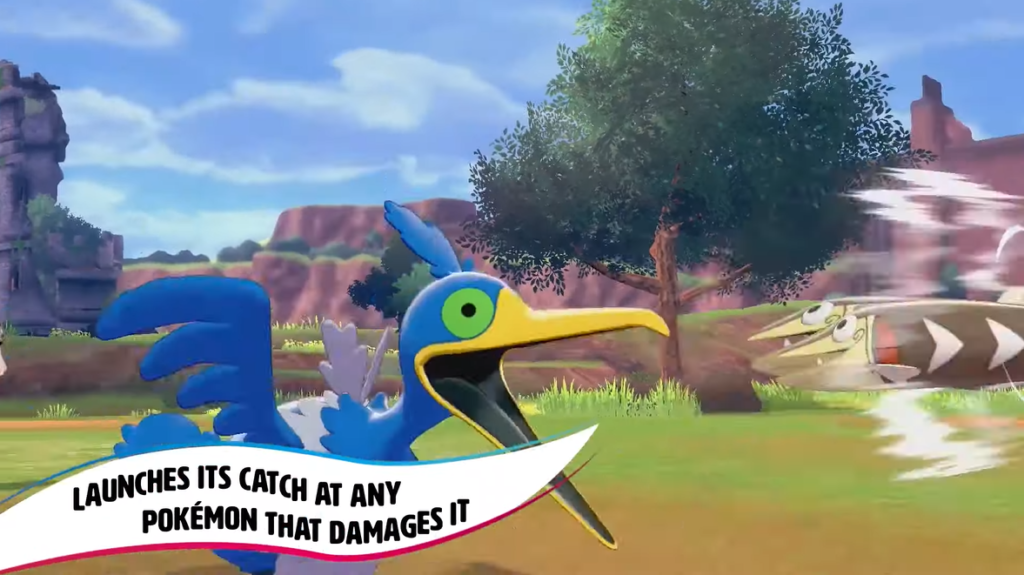
But in Scarlet and Violet, it feels like every other newcomer has a brand new signature move, or signature ability, or both – and on top of that, many of them are pretty generously pushed into the realm of viability. While this approach does feel a little forceful, it has the unmistakable upside of making each new pokémon’s gimmick loud and worth doing.
Or, to put it more succinctly: it makes the new mons more fun to play with.
If you’re going to pull the lever for some powercreep, you may as well dump it proudly into the goofy stuff. Instead of the schticks being “I’m a water type that rewards investment in a different stat than most other water types,” they’re things like “I’m a giant catfish that gets piloted Ratatouille-style by a tiny dragon that’s shaped like a piece of sushi” or “I throw ten mice at you”.
This goofiness does a lot to bring Pokémon out of the doldrums inherent to its genre. In Scarlet and Violet, the combat is an endless parade of memorable designs and colorful characters, rather than a slog of grinding through waves of interchangeable generic rats/bats/birds/bugs. Paradoxically, it almost feels like a return to the earliest days of the series, when there were so many fewer mons that they were all more distinctive by default.
And not for nothing, the new battle gimmick – “Terastalization” (like “crystallization” but copyrightable) – is both very good (letting you change your pokémon’s type mid-battle) and resplendently kitschy (your pokémon is now reflective and wearing a hilarious, enormous, shiny hat that signals their new type).
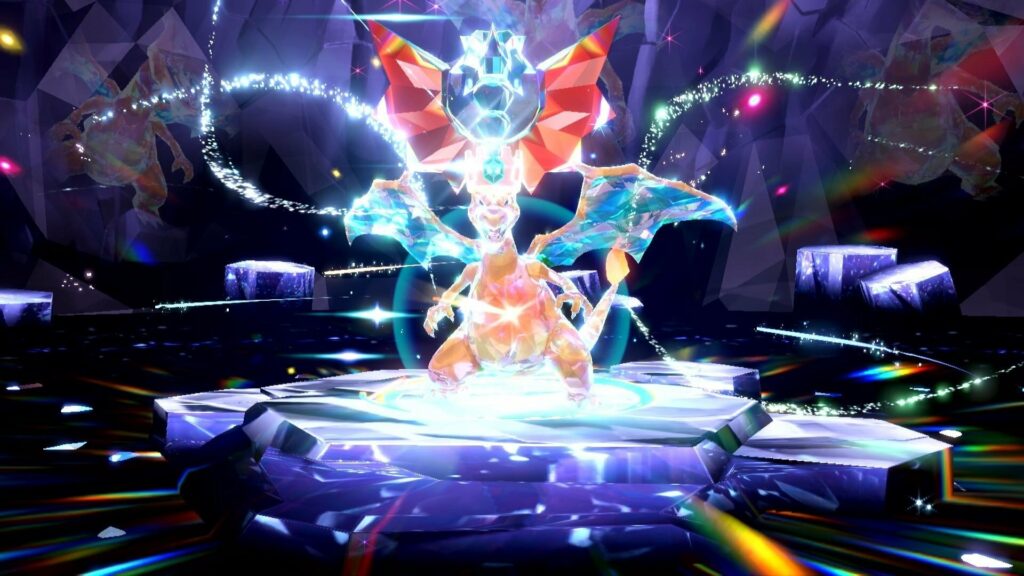
So, is Pokémon Scarlet and Violet the best game it can be? No. It clearly needed more development resources so it could visually execute on its fundamental premise (i.e. have a bunch of weird little guys on the screen at once in a pretty world without the textures or camera going nuts), and it’s still saddled with some ancient game design.
But is it a wonderful Pokémon game? Absolutely. It minimizes most of the series’ flaws while doubling down on its strengths. If you’re a Pokémon fan of any type – from “currently brewing competitive teams” to “I haven’t played one in years” – it’ll be hard not to find Scarlet and Violet absolutely delightful. The whimsy is so strong here that it renders even the embarrassing charming.
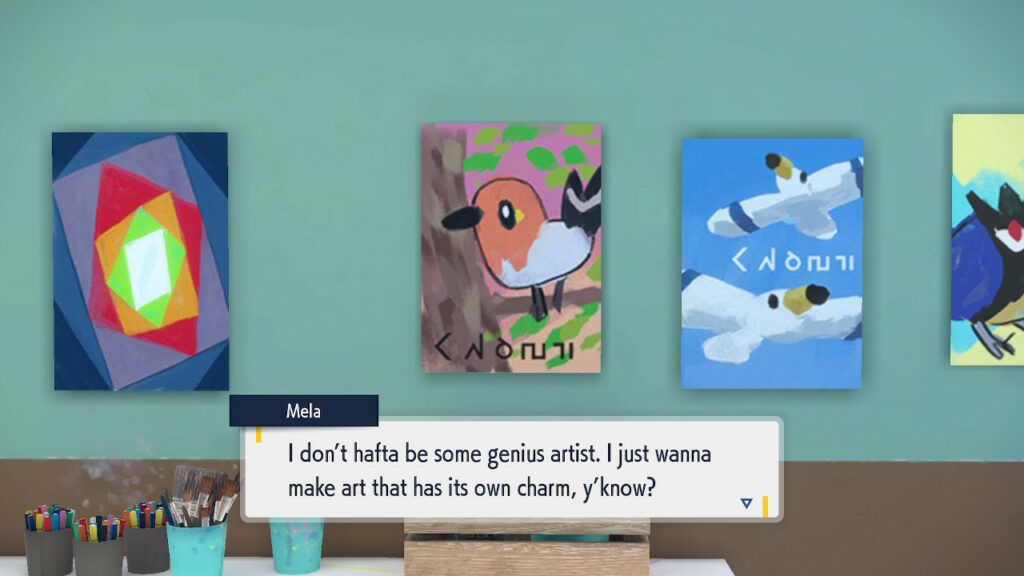
Mani Cavalieri (he/they) is a New York City-based writer, media critic, and your pale cousin who’s into reptiles. He publishes regular essays on media – from game reviews to gushing about how cool that weird Godzilla movie is – over on Eyez ‘n Teef (which you can also follow on Twitter, for all the trivia and toast recipes that don’t make it into full-length posts). He loves sharing cool things you didn’t know, and he WILL talk your ear off about them.

